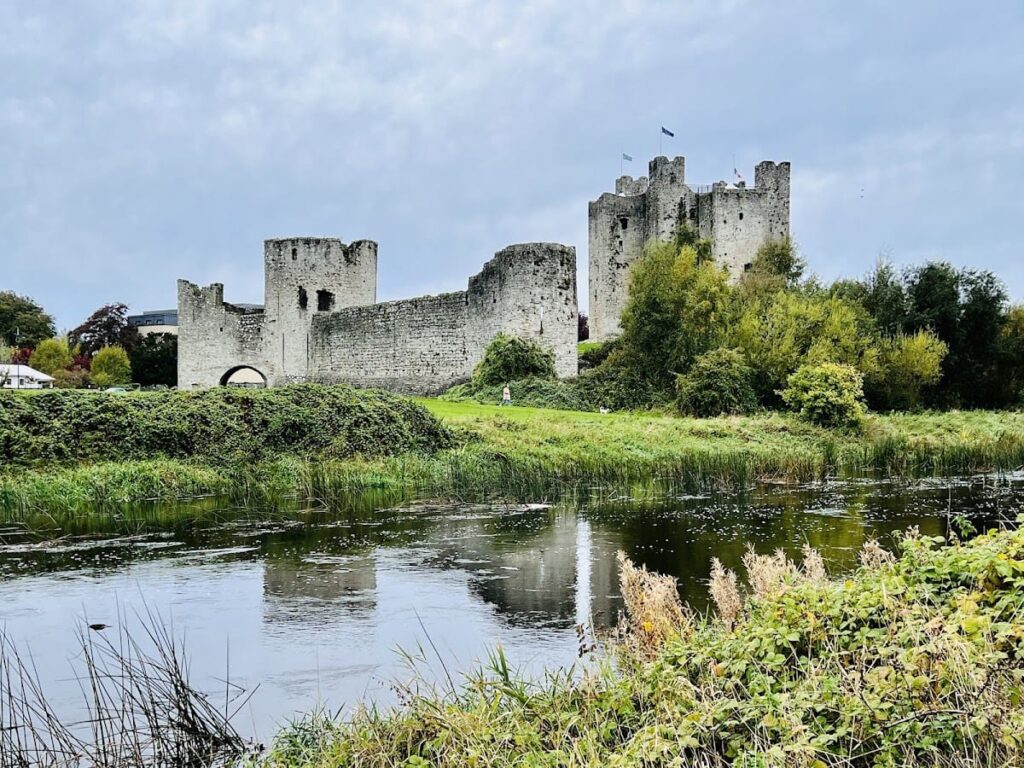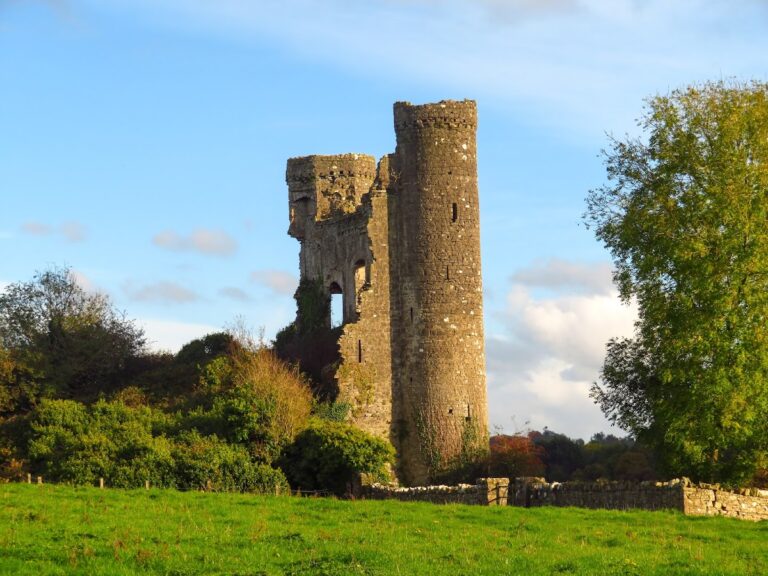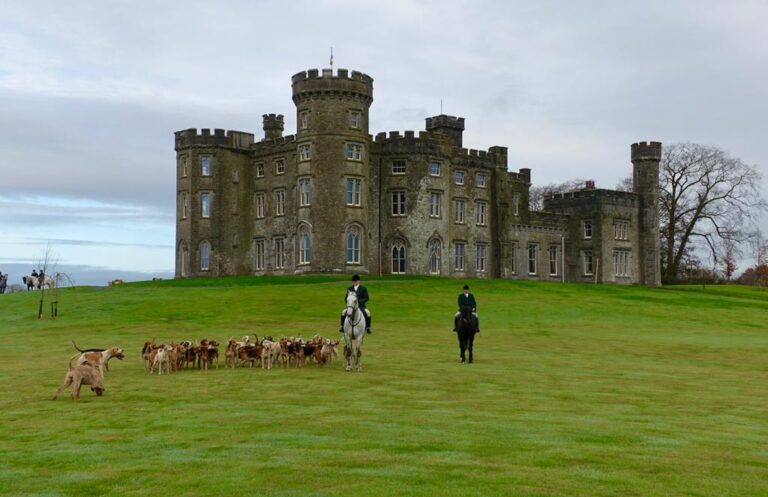Trim Castle: A Historic Cambro-Norman Fortress in County Meath, Ireland
Visitor Information
Google Rating: 4.7
Popularity: Medium
Google Maps: View on Google Maps
Official Website: heritageireland.ie
Country: Ireland
Civilization: Medieval European
Remains: Military
History
Trim Castle stands on the south bank of the River Boyne in Trim, County Meath, Ireland. It was established by the Cambro-Norman settlers following the Norman invasion of Ireland. Around 1172, Henry II of England granted the Lordship of Meath to Hugh de Lacy, who began building the castle as the administrative center of his new territory.
Initially, Hugh de Lacy constructed a large timber ringwork castle on the site. This early fortification was attacked and burned by forces loyal to the Gaelic High King Ruaidrí Ua Conchobair. Reconstruction began in 1173, led either by de Lacy himself or his lieutenant Raymond FitzGerald, replacing timber defenses with more durable stone structures.
Walter de Lacy, Hugh’s son, continued the castle’s development and completed the stone keep and curtain walls by the 1220s, likely around 1224. The castle remained in the de Lacy family before passing through marriage to the Geneville family and then to the Mortimers in the early 14th century. The Mortimers held the castle until 1425.
In the 15th century, Trim Castle served as a meeting place for the Irish Parliament on seven occasions. It also housed a mint, underscoring its role as a center of administration and marking the northern edge of the English-controlled Pale. The castle’s strategic importance declined in the 16th century but revived during the Irish Confederate Wars in the 1640s.
In 1649, Oliver Cromwell’s forces occupied Trim Castle following their capture of nearby Drogheda. Ownership later transferred to the Wellesley family, which included Arthur Wellesley, the Duke of Wellington. Subsequent owners were the Leslie family and then the Dunsany Plunketts, who retained the castle until selling it to the Irish State in 1993.
Archaeological excavations in the 1970s and 1990s uncovered significant remains and human bones, some showing signs of decapitation. These may relate to executions ordered by King Edward IV in the 15th century. Conservation and partial restoration efforts by the Office of Public Works culminated in the castle’s reopening to the public in 2000.
Remains
Trim Castle covers about 30,000 square meters, making it the largest Cambro-Norman castle in Ireland and one of the largest Norman complexes in Europe. Its layout centers on a cruciform stone keep, a cross-shaped tower with twenty corners, built in several stages from the late 12th to early 13th centuries.
The castle’s curtain walls survive from three main building phases. The earliest walls, with rectangular towers and the Trim Gate on the west and north sides, date from the 1170s. The Dublin Gate, featuring round towers and an external barbican (a fortified outwork), was added in the late 12th or early 13th century and is the first of its kind recorded in Ireland. The southern walls with round towers were constructed in the early 13th century.
A three-towered forework from the early 14th century protects the entrance to the keep and includes stables. The site also contains a large three-aisled great hall from the late 13th century, which has an undercroft opening onto the river via a water gate. A stout defensive tower was converted into a solar, or private chamber, in the late 13th century. A smaller aisled hall was added in the 14th or 15th century, alongside a building likely used as a mint.
Later additions include stone buildings inside the town gatehouse from the 15th or 16th century and 17th-century structures adjoining the hall range and the north side of the keep. Several lime kilns dating from the late 12th century and later periods are also present on the site.
The castle occupies raised ground overlooking a ford on the River Boyne, which was navigable by boat during medieval times. Archaeological work uncovered human remains consistent with decapitation, possibly linked to 15th-century executions. The castle’s condition has been stabilized and partially restored, including conservation of the moat and installation of a protective roof over the keep. Access to the keep is limited to guided tours, while the grounds remain open with an entry fee.










